Every pet owner has watched their dog panting heavily on a hot summer's day and wondered: do dogs sweat like humans do? The answer might surprise you. While dogs do have sweat glands, they don't rely on sweating to regulate their body temperature the way we do. Instead, our four-legged friends have developed fascinating methods to keep cool that are quite different from human cooling mechanisms.
Understanding how your dog's body manages heat is crucial for keeping them safe and comfortable, especially during warm weather and the summer months. Many dogs suffer from heat-related issues each year, often because pet owners don't recognise the signs of overheating or understand their canine companion's unique cooling system.
This guide will explore exactly how dogs regulate their body temperature, why their cooling system differs from ours, and most importantly, what you can do to help your dog stay cool and recognise when they might be in danger from heat exhaustion or heat stroke.
Do Dogs Sweat Through Their Paws?
Dogs do sweat, but only minimally compared to humans. Unlike humans who have sweat glands distributed across most of their body's surface, dogs have very few functional sweat glands. The primary locations where dogs sweat are their paw pads and nose.
These areas contain merocrine sweat glands, which are similar to human sweat glands. When your dog gets warm, these merocrine glands release sweat through their paws. You might notice damp paw prints on hot days – that's your dog sweating through their paws to help cool down.
However, sweating through their paws helps dogs cool down only slightly. The limited surface area of paw pads means that sweat evaporates from a much smaller area than the extensive network of human sweat glands covering our entire body. This is why panting remains their primary cooling mechanism.
Dogs also have apocrine sweat glands distributed throughout their skin, but these apocrine glands don't function for temperature regulation. Instead, they produce pheromones for communication and scent marking.
How Dogs Cool Down: Beyond Sweat Glands
Since dogs can't rely heavily on sweating to regulate their body temperature, they've evolved several effective methods to stay cool in hot weather.
Panting: Nature's Air Conditioning
The most obvious way dogs cool themselves is through panting. When a dog pants, they rapidly move air over the moist surfaces of their tongue, mouth, and upper respiratory tract. As this moisture evaporates, it creates a cooling effect similar to how sweat evaporates from human skin.
This process works because warm blood circulating through the tongue and mouth gets cooled as air passes over these wet surfaces. The cooled blood then returns to the body's core, helping to lower overall body temperature.
The Role of a Dog's Coat
Contrary to what many people believe, a dog's coat actually helps with temperature regulation. A dog's hair provides insulation that works both ways – keeping warm air out during hot weather and maintaining body heat when it's cold.
Dogs with a double coat have an even more sophisticated system. The undercoat traps air, creating an insulating layer, while the outer coat protects against UV rays and helps reflect heat. This is why you should never shave a double-coated dog in summer, as it can actually make them hotter and more susceptible to sunburn.
Blood Vessel Dilation
Dogs also cool down through vasodilation – the widening of blood vessels near the skin's surface. This allows hot blood to flow closer to the skin where it can release heat more effectively. You might notice your dog's ears becoming warm during hot weather as blood vessels dilate to help dissipate body heat.
Signs Your Dog Is Overheating
Recognising when your canine companion is struggling with heat is essential for preventing serious health issues. Watch for these warning signs that indicate your dog may be overheating:
Early Signs:
-
Excessive panting that doesn't stop even when resting
-
Drooling more than usual
-
Lethargy or reluctance to exercise
-
Seeking shade or cool surfaces constantly
-
Red or pale gums
Serious Signs Requiring Immediate Attention:
-
Panting excessively with no relief
-
Vomiting or diarrhoea
-
Loss of coordination or stumbling
-
Collapse or inability to stand
-
Bright red tongue and gums, followed by pale or blue coloration
Heat stroke is a medical emergency. If you notice these severe symptoms, contact your veterinarian immediately or get to the nearest emergency animal clinic. Heat stroke can cause organ failure and can be fatal if not treated promptly.
How to Help Your Dog Stay Cool
There are numerous practical ways to help your dog regulate their body temperature during warm weather and prevent heat-related issues.
Provide Fresh Water and Shade
Always ensure your dog has access to fresh water and adequate shade. On hot days, consider adding ice cubes to their water bowl or providing multiple water stations around your garden.
Create Cool Environments
If you have air conditioning, let your dog benefit from it during the hottest parts of the day. Alternatively, fans can help increase air circulation. Some dogs enjoy lying on wet towels or cooling mats designed specifically for pets.
Time Outdoor Activities Wisely
Walk your dog during cooler parts of the day – early morning or late evening. Avoid the midday heat when pavements can burn sensitive paw pads. Remember, if the pavement is too hot for your hand, it's too hot for your dog's paws.
Never Leave Your Dog Unattended in Cars
Even with windows cracked, temperatures inside a parked car can become deadly within minutes. On a 25°C day, car interiors can reach 40°C in just 10 minutes. Never leave your dog in a parked car, even for short periods.
Grooming and Coat Care
Regular brushing helps remove loose fur and prevents matting, which can trap hot air close to the skin. However, avoid completely shaving your dog unless recommended by your vet, as their coat provides important protection against UV rays and helps with temperature regulation.
Water Activities
Many dogs love swimming or playing in paddling pools. Cool water provides excellent relief from hot weather and gives dogs a chance to lower their body temperature effectively. Always supervise water activities and ensure the water is clean and safe.
When to Contact Your Vet Immediately
Certain situations require immediate veterinary attention. Contact your vet immediately if your dog shows signs of heat stroke, has been panting excessively for extended periods, or appears distressed in hot environments.
Dogs at higher risk for heat-related issues include:
-
Brachycephalic breeds (flat-faced dogs like bulldogs and pugs)
-
Elderly dogs
-
Overweight dogs
-
Dogs with thick, double coats
-
Dogs with existing respiratory or heart conditions
Keeping Your Canine Companion Comfortable
Understanding how dogs regulate their body temperature helps you become a more informed pet owner. While dogs do sweat minimally through their paw pads, they primarily rely on panting, their coat, and behavioural changes to stay cool.
Your role as a pet owner is to provide the right environment and support to help your dog's natural cooling mechanisms work effectively. This means providing shade, fresh water, avoiding hot environments during peak temperatures, and recognising the early signs of overheating.
Remember that prevention is always better than treatment when it comes to heat-related issues. By taking proactive steps to keep your dog cool and comfortable, you'll ensure they can enjoy warm weather safely while avoiding the serious health risks associated with overheating.
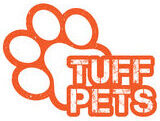
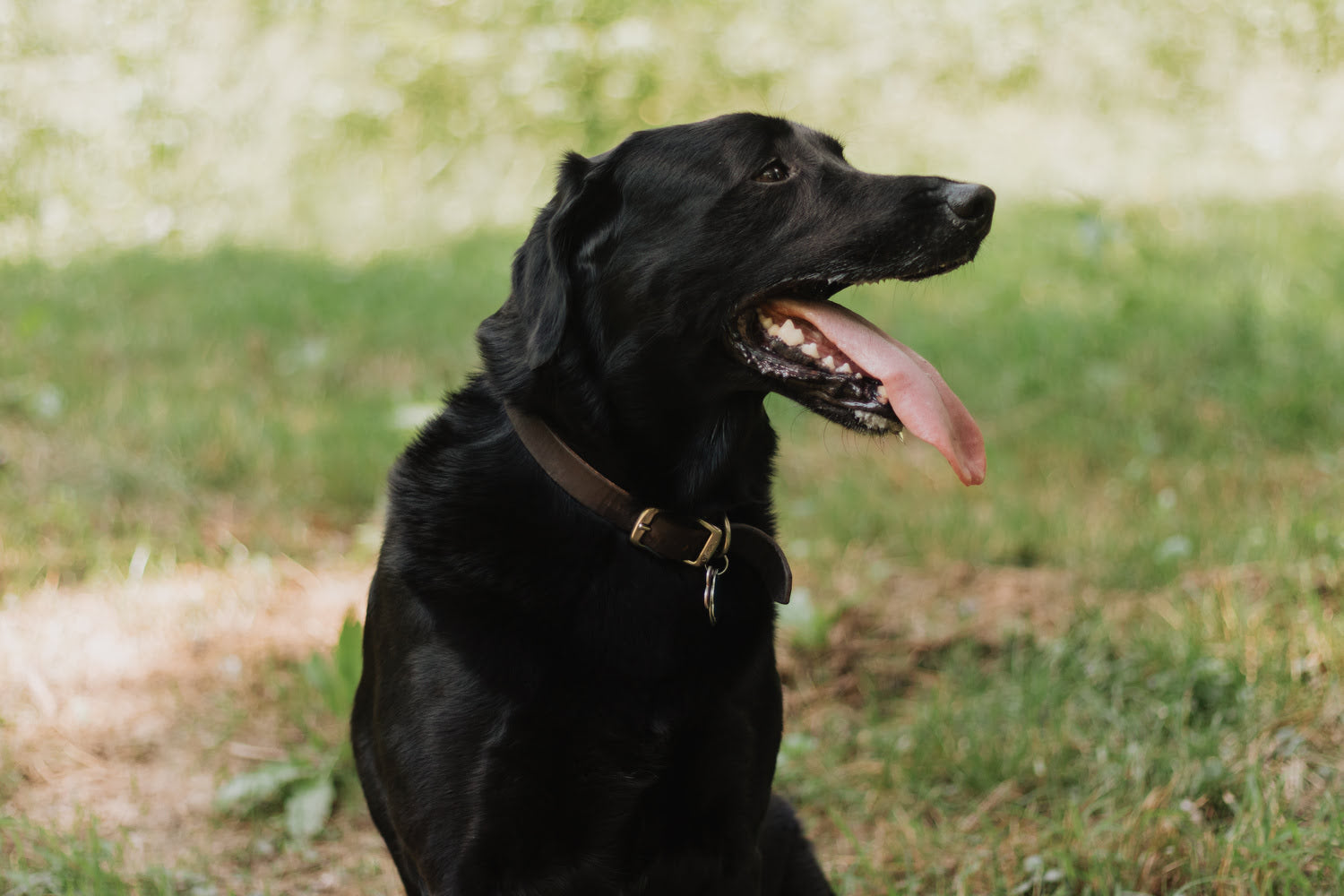
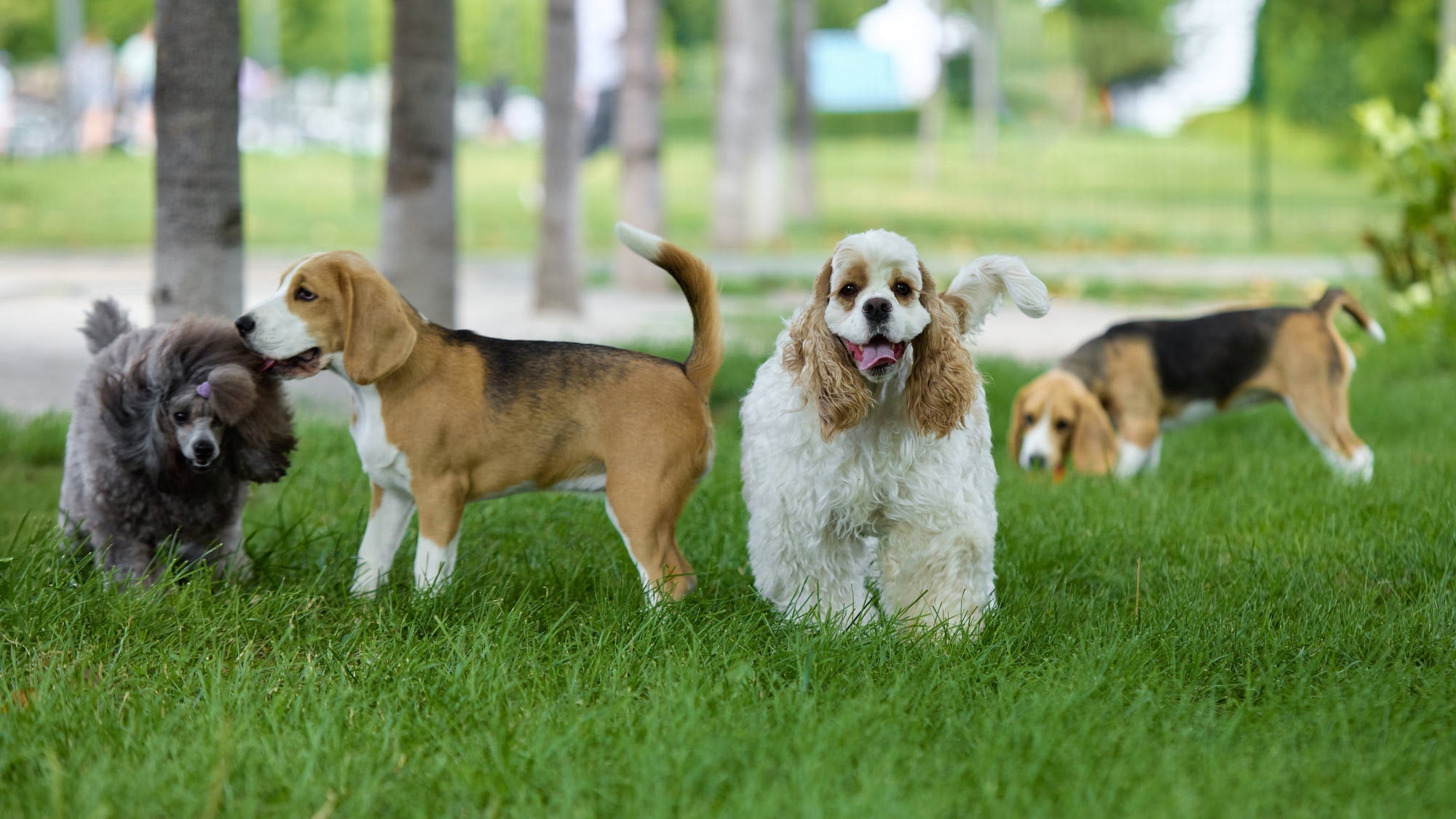
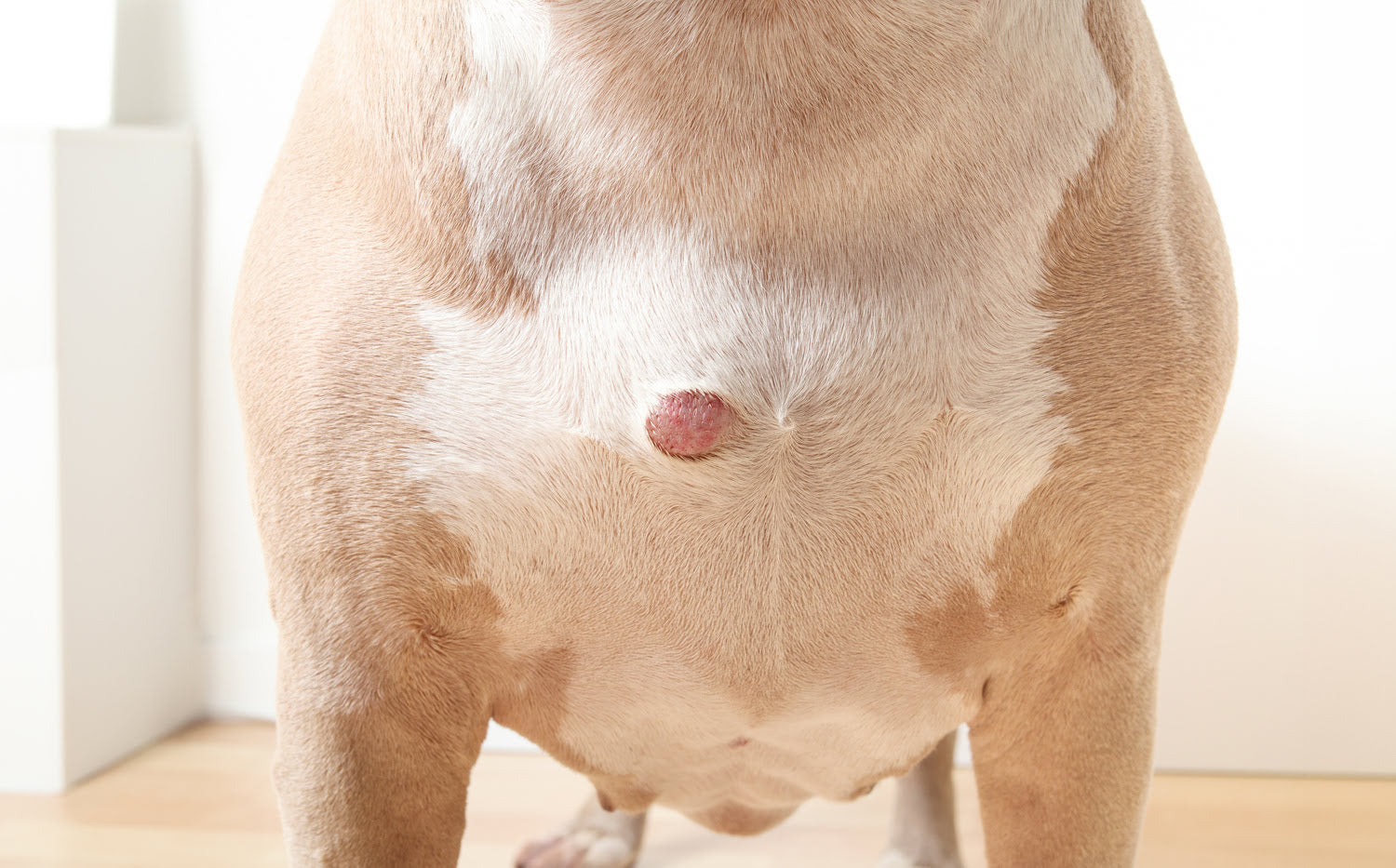
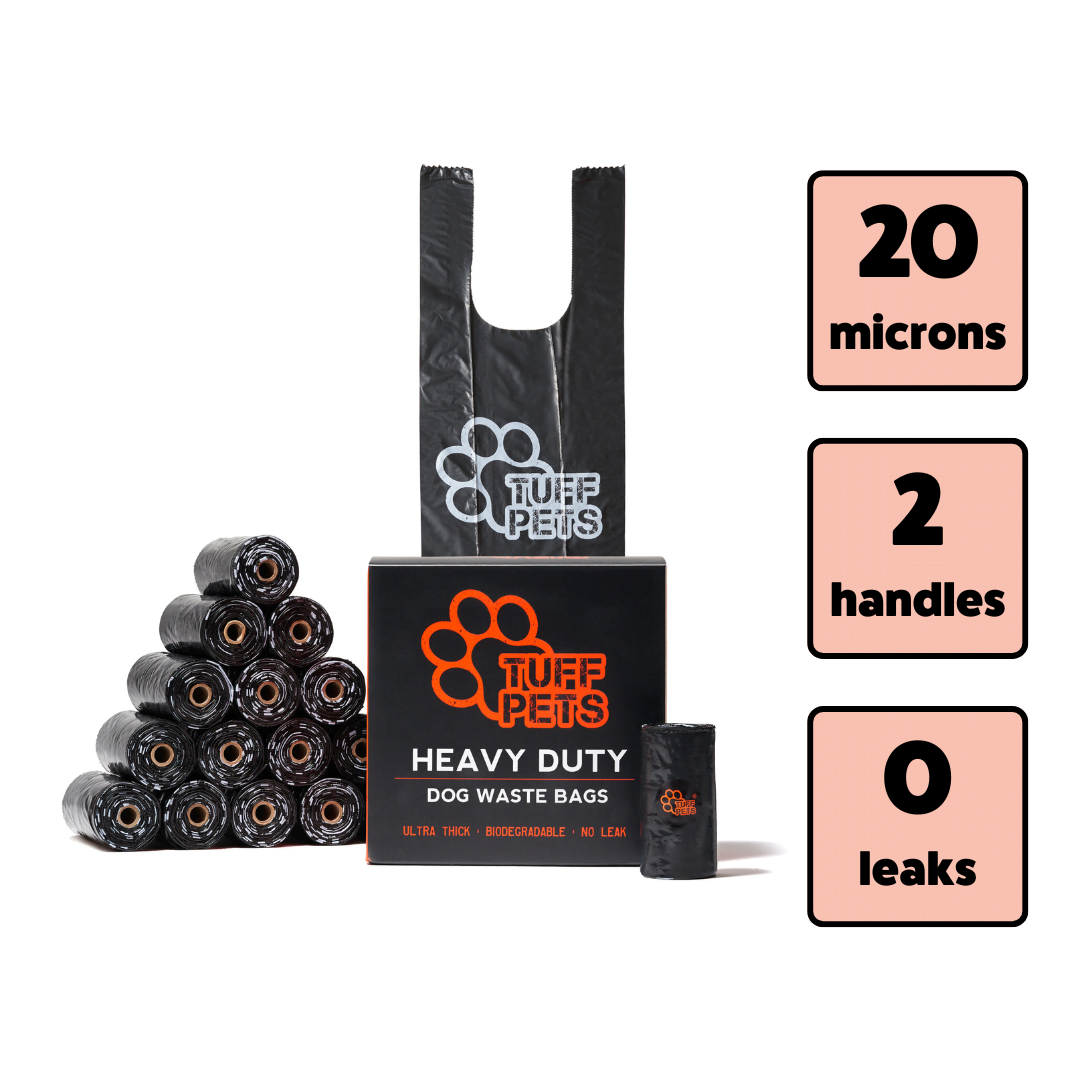
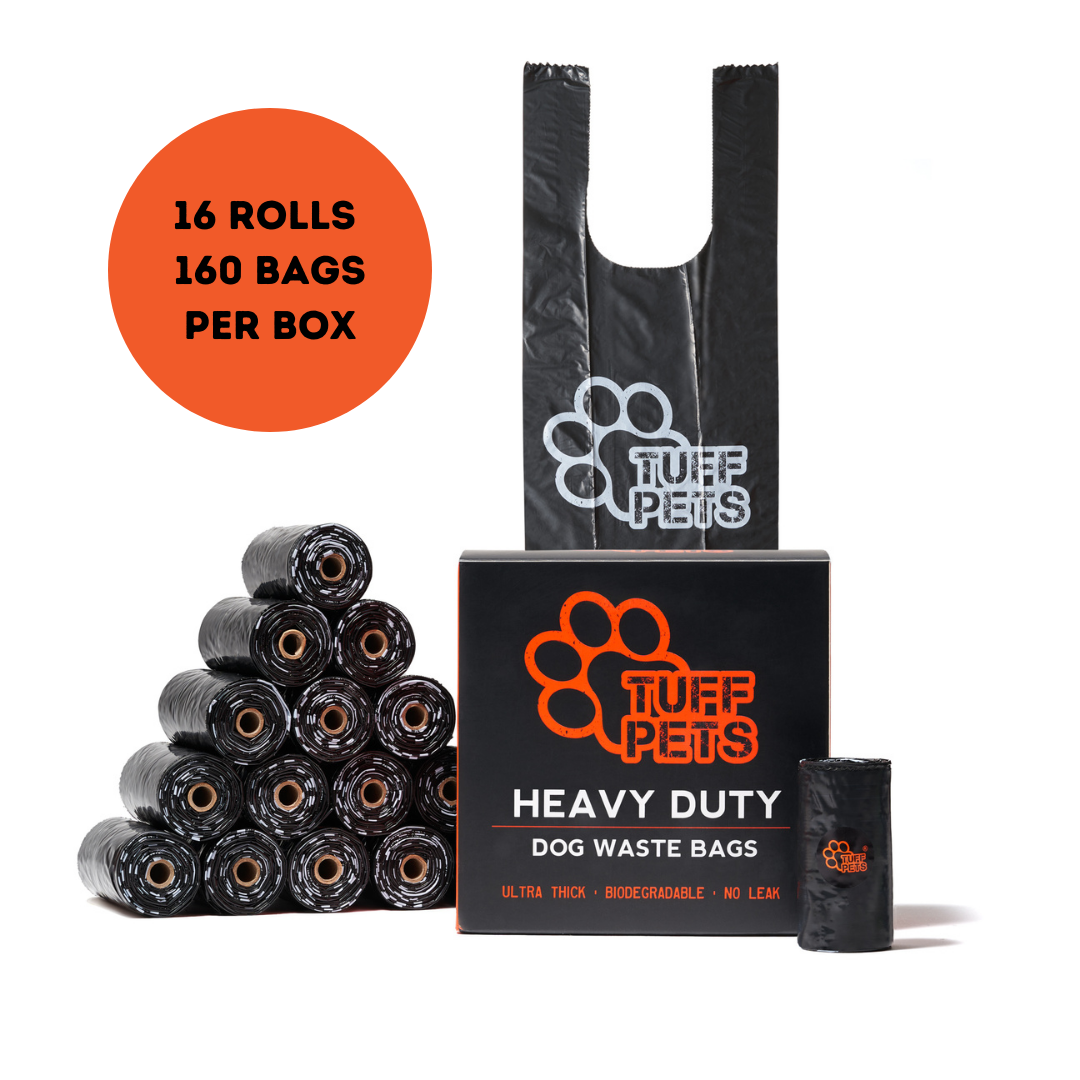
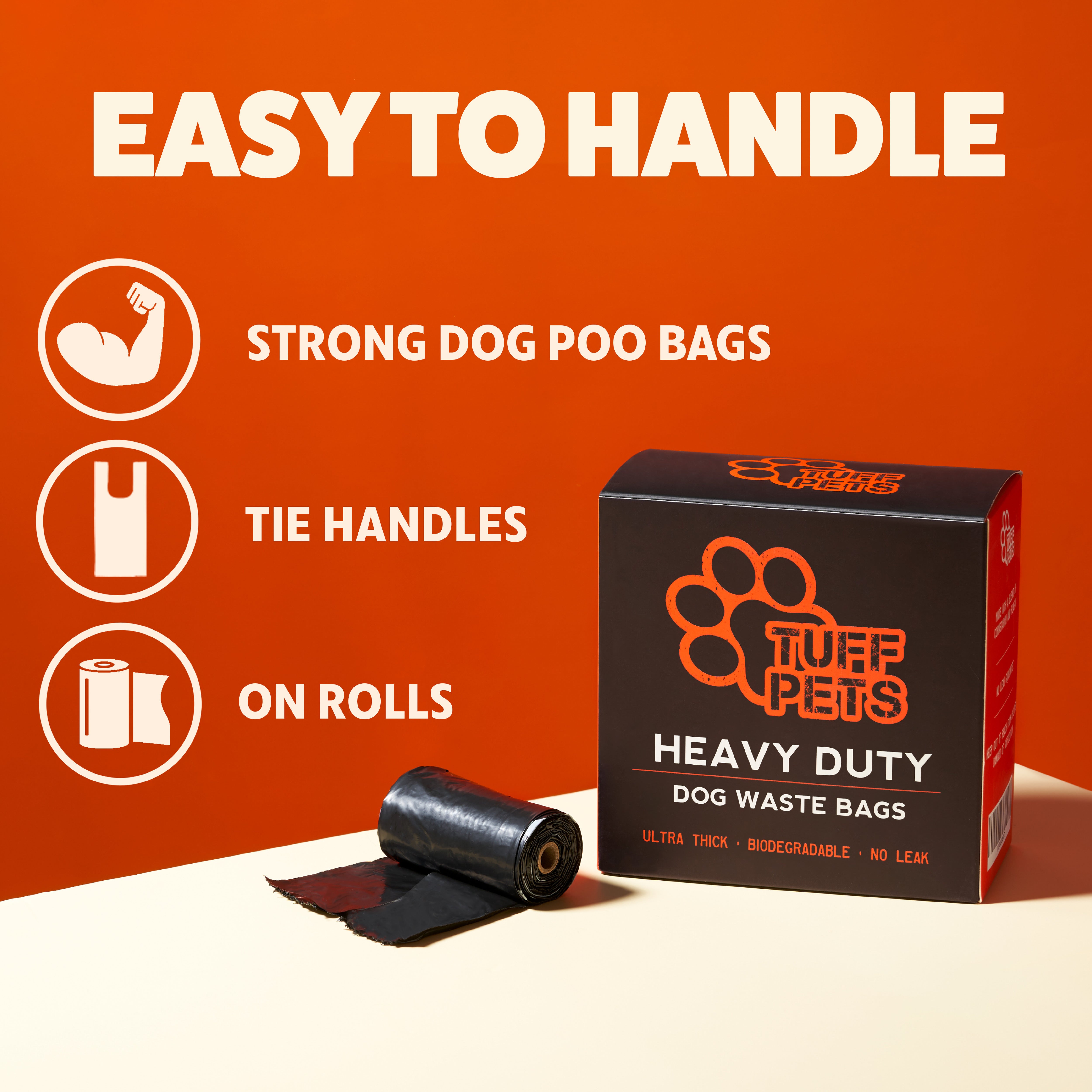
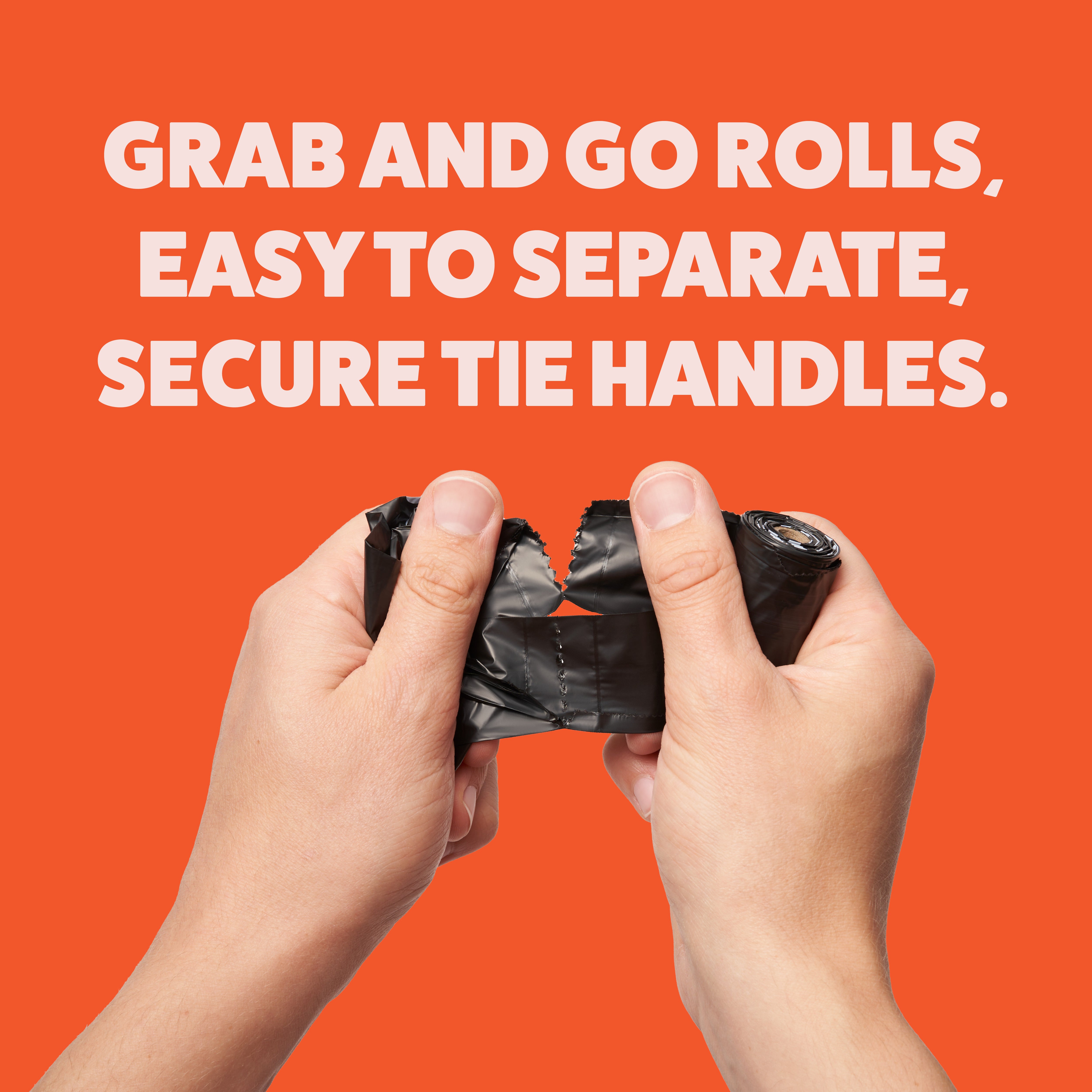
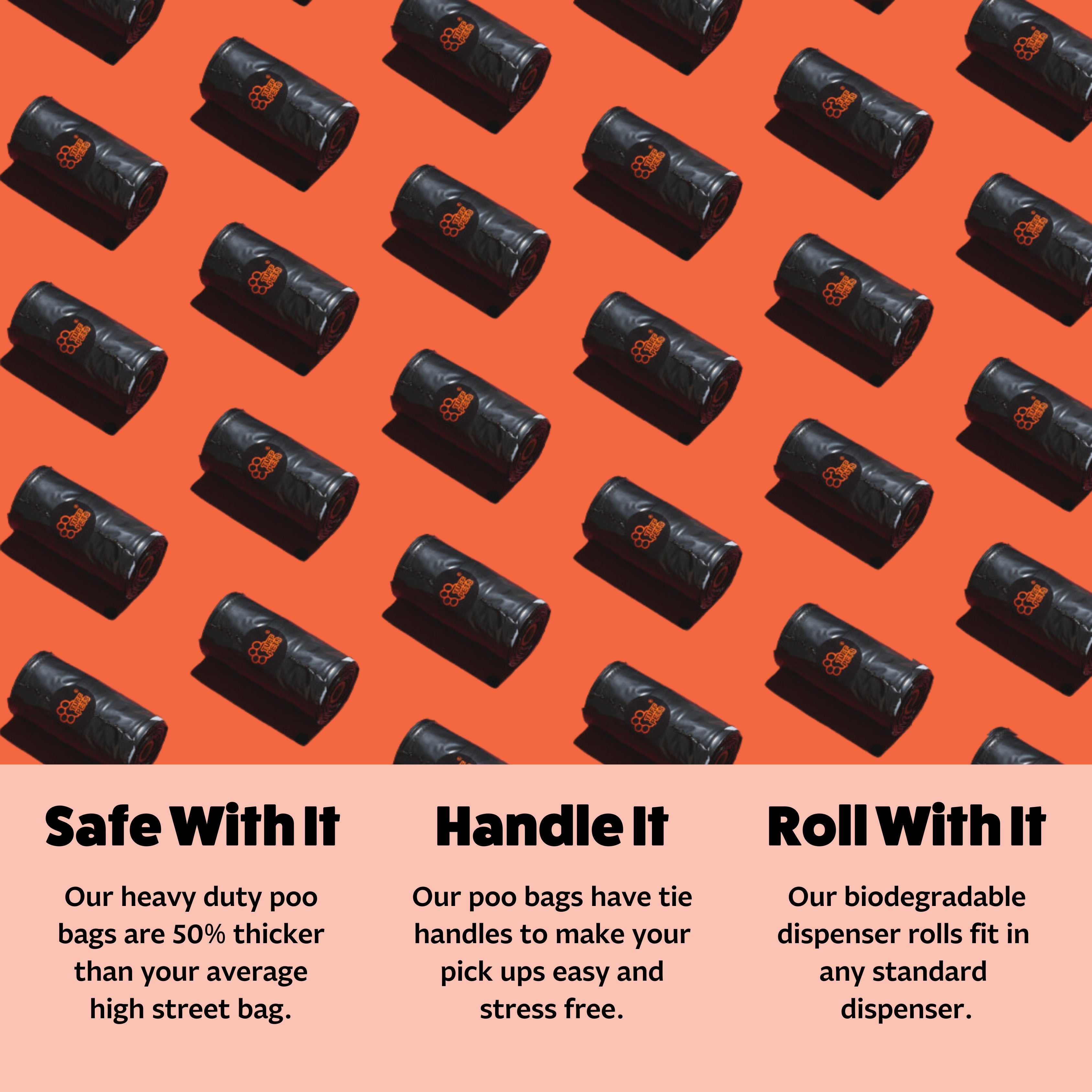
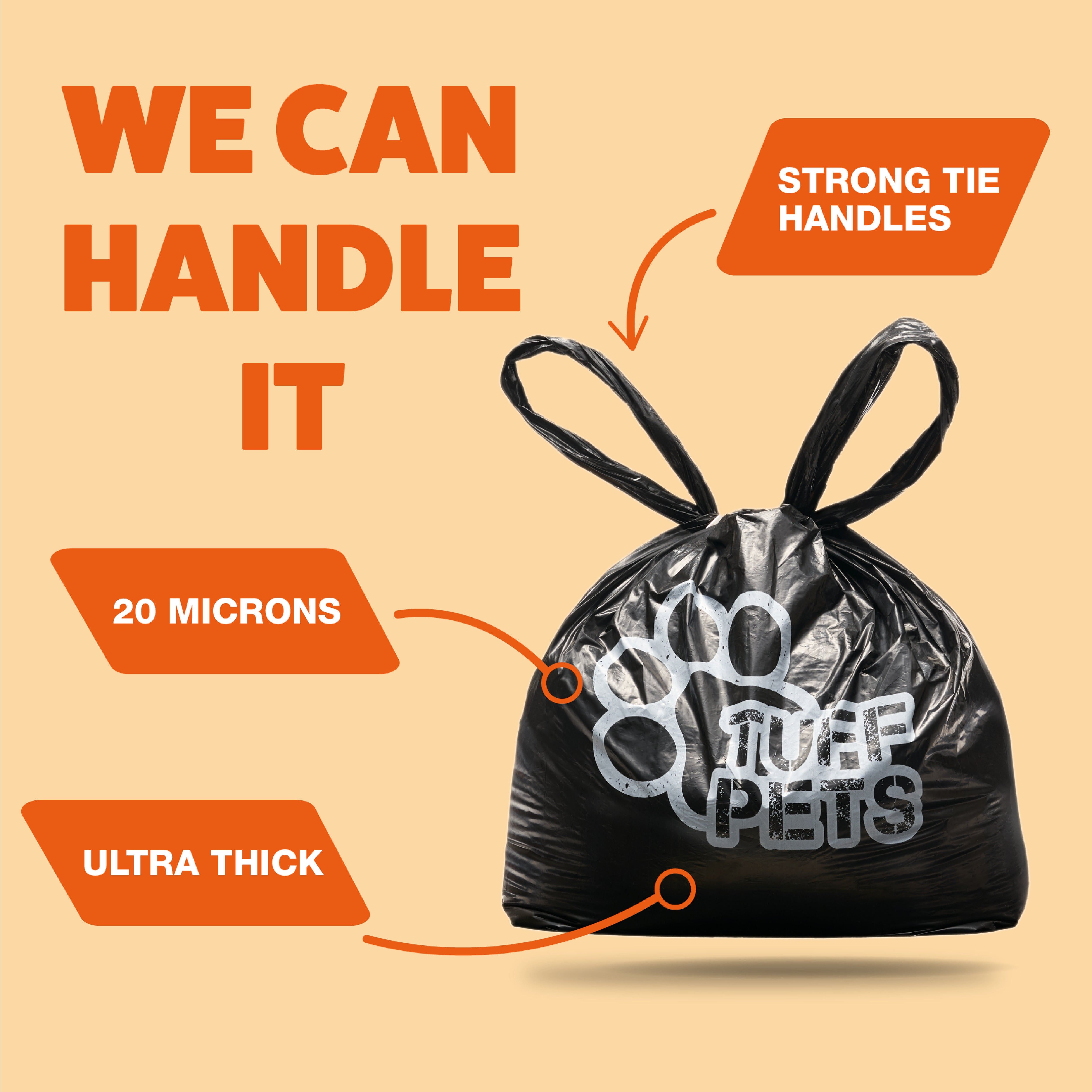


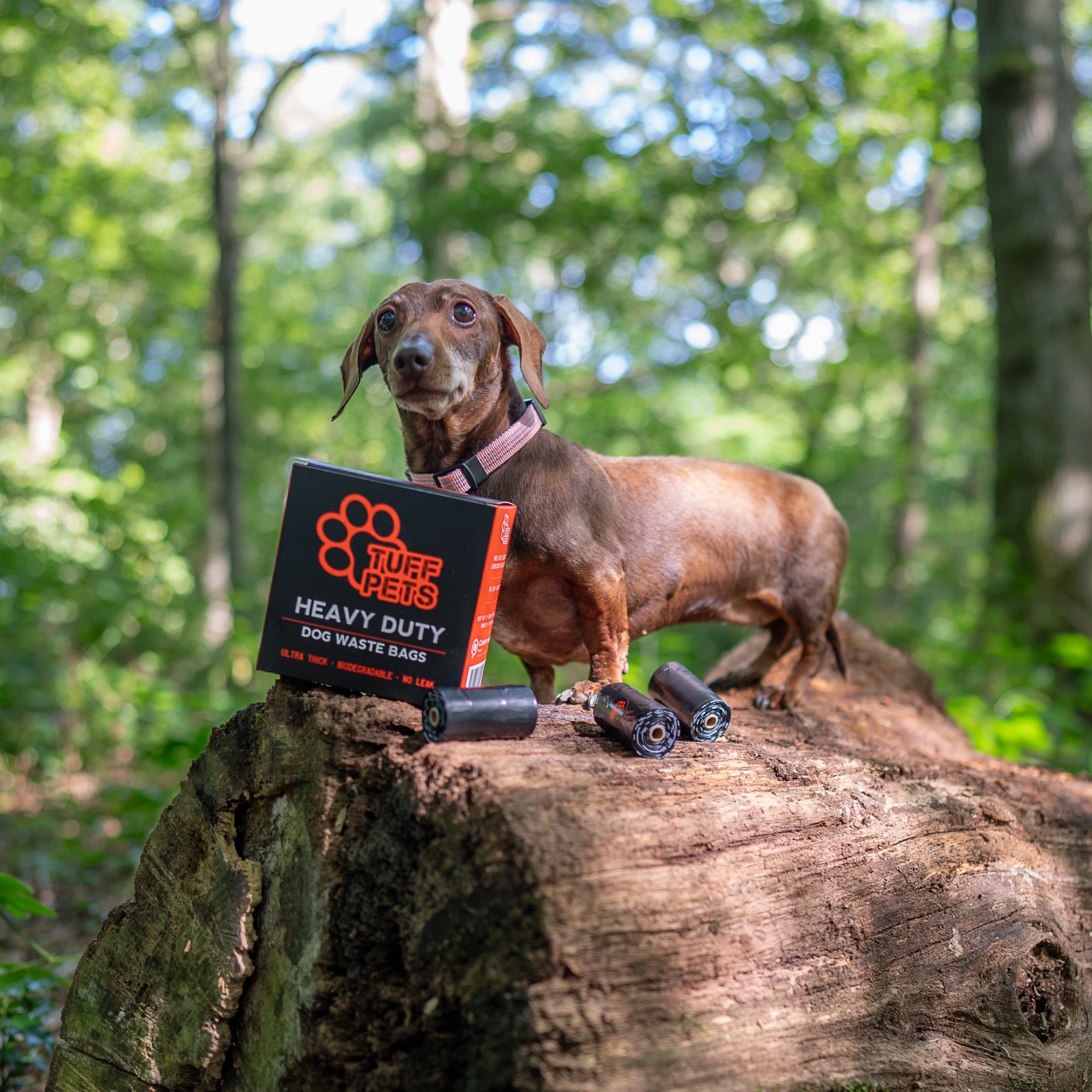




Share:
Sudden Lump on Dog Under Skin: A Pet Owner's Guide
Dog Socialisation: Your Complete Guide to Raising a Well-Adjusted Pet